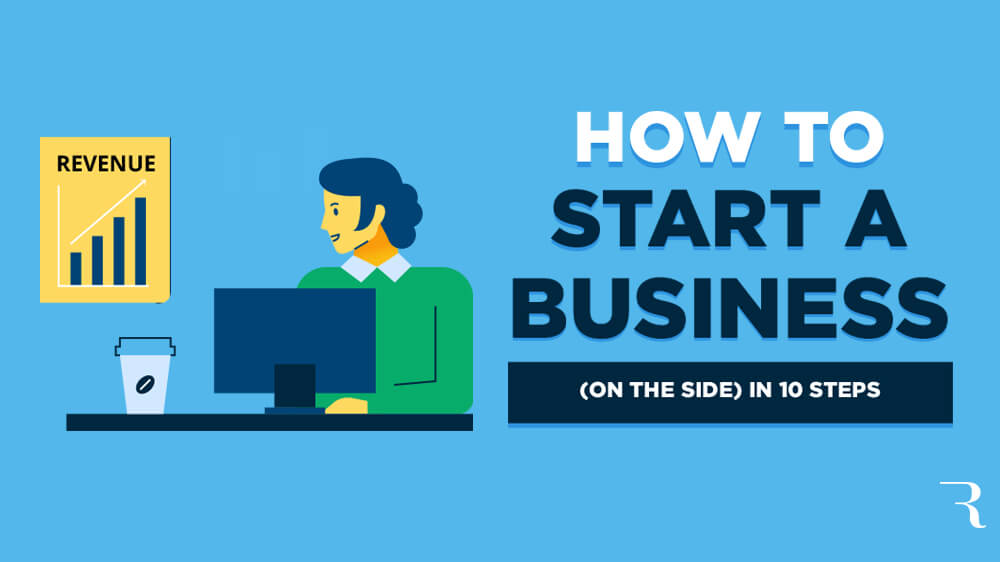
How to Start a Business: A Step-by-Step Guide
How to Start a Business: A Step-by-Step Guide. Talk to any entrepreneur or small business owner and you’ll quickly learn that starting a business requires a lot of work. Generating a business idea is a great starting point, but an idea doesn’t become a business without effort.
Some budding entrepreneurs understand the effort necessary to create a business, but they might not be familiar with the many steps required to launch a business venture. If you’re willing to put in the effort to build a business, you’re going to want to know the steps needed to reach your goals.
Tasks like naming the business and creating a logo are obvious, but what about the less-heralded, equally important steps? Whether it’s determining your business structure or crafting a detailed marketing strategy, the workload can quickly pile up. Rather than spinning your wheels and guessing at where to start, follow this 10-step checklist to transform your business from a lightbulb above your head to a real entity.

In this article…
4. Determine your legal business structure.
5. Register with the government and IRS.
6. Purchase an insurance policy.
9. Brand yourself and advertise.
1. Refine your idea.
If you’re thinking about starting a business, you likely already have an idea of what you want to sell, or at least the market you want to enter. Do a quick search for existing companies in your chosen industry. Learn what current brand leaders are doing and figure out how you can do it better. If you think your business can deliver something other companies don’t (or deliver the same thing, but faster and cheaper), you’ve got a solid idea and are ready to create a business plan.
“In the words of Simon Sinek, ‘always start with why,'” said Glenn Gutek, CEO of Awake Consulting and Coaching. “It is good to know why you are launching your business. In this process, it may be wise to differentiate between [whether] the business serves a personal why or a marketplace why. When your why is focused on meeting a need in the marketplace, the scope of your business will always be larger than a business that is designed to serve a personal need.”
Another option is to open a franchise of an established company. The concept, brand following and business model are already in place; all you need is a good location and the means to fund your operation. Regardless of which option you choose, it’s vital to understand the reasoning behind your idea. Stephanie Desaulniers, director of operations and women’s business programs at Covation Center, cautions entrepreneurs from writing a business plan or worrying about a business name before nailing down the idea’s value.
“Many people think they have a great idea and jump into launching their business without thinking through who their customers will be, or why these people should want to buy from or hire them,” Desaulniers said. “Second, you need to clarify why you want to work with these customers – do you have a passion for making people’s lives easier? Or enjoy creating art to bring color to their world? Identifying these answers helps clarify your mission. Third, you want to define how you will provide this value to your customer and how to communicate that value in a way that they are willing to pay.”
During the ideation phase, you need to iron out the major details. If the idea isn’t something you’re passionate about or if there’s not a market for your creation, it might be time to brainstorm other ideas.
For More Startup Articles: https://www.dazzlepop.net/site/category/startup/
Read more: https://www.businessnewsdaily.com/4686-how-to-start-a-business.html



